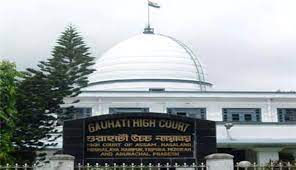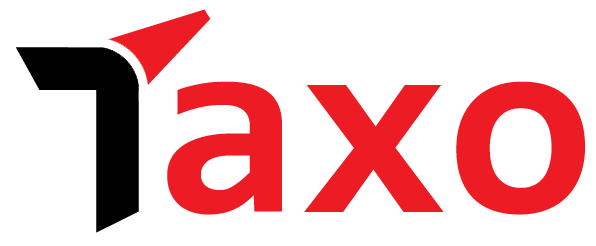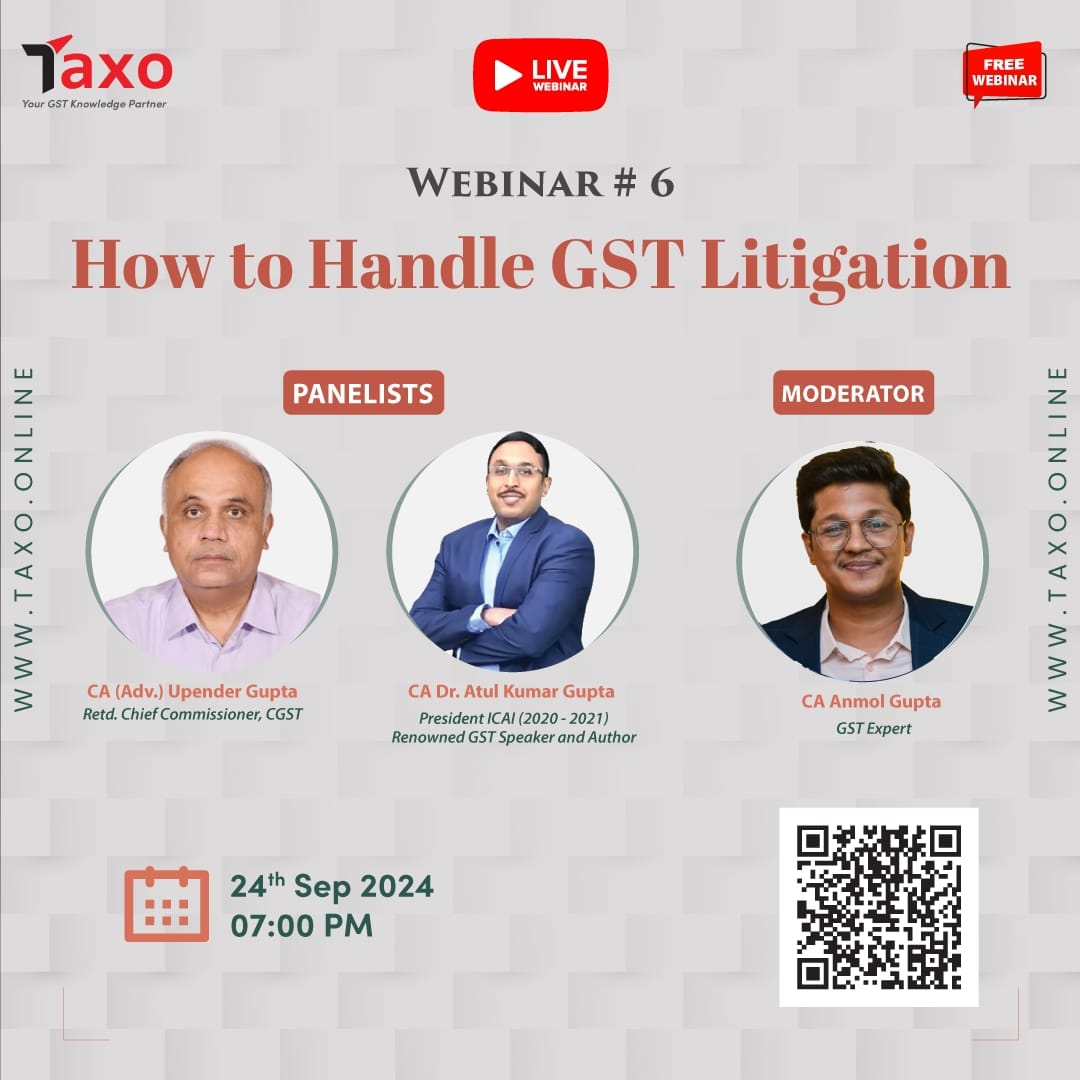 Facts of the Case: In this case, the petitioner was issued a show cause notice under Section 73 of the CGST Act alleging wrong availment of Input Tax Credit (ITC). The only basis for the demand was that the petitioner had not furnished information in Table 14 of Form GSTR-9C, which the department contended was mandatory. The petitioner challenged the said SCN before the High Court, arguing that the procedure prescribed under Section 61 read with Rule 99 for scrutiny of returns was not followed before initiating proceedings under Section 73, no notice in Form ASMT-10 was issued calling for an explanation on the alleged discrepancies. Also, submitted that the requirement to furnish information in Table 14 of GSTR-9C was optional for the financial years 2017–18 to 2022–23, as per successive CBIC Notifications (Nos. 56/2019, 79/2020, 30/2021, 14/2022, and 38/2023). The revenue’s action was contrary to the binding departmental circulars and violated the principles of natural justice.
Facts of the Case: In this case, the petitioner was issued a show cause notice under Section 73 of the CGST Act alleging wrong availment of Input Tax Credit (ITC). The only basis for the demand was that the petitioner had not furnished information in Table 14 of Form GSTR-9C, which the department contended was mandatory. The petitioner challenged the said SCN before the High Court, arguing that the procedure prescribed under Section 61 read with Rule 99 for scrutiny of returns was not followed before initiating proceedings under Section 73, no notice in Form ASMT-10 was issued calling for an explanation on the alleged discrepancies. Also, submitted that the requirement to furnish information in Table 14 of GSTR-9C was optional for the financial years 2017–18 to 2022–23, as per successive CBIC Notifications (Nos. 56/2019, 79/2020, 30/2021, 14/2022, and 38/2023). The revenue’s action was contrary to the binding departmental circulars and violated the principles of natural justice.
The department argued that the petitioner had failed to furnish mandatory information and that the availability of an alternative remedy under Section 107 barred the maintainability of the writ petition.
Issue: Whether the initiation of proceedings under Section 73 of the CGST Act, 2017, without first conducting scrutiny of returns under Section 61 read with Rule 99, and without issuing Form ASMT-10, is legally sustainable, particularly when the alleged discrepancy arises from non-furnishing of optional information in Table 14 of Form GSTR-9C?
Held that: The High Court observed and held as under:
- Procedure under Section 61 is mandatory – The CGST Act prescribes that any discrepancy noticed in returns must first be confronted to the taxpayer through Form GST ASMT-10, giving an opportunity to explain or rectify. Only if the explanation is unsatisfactory can proceedings under Section 73 be initiated.
- Failure to issue ASMT-10 invalidates subsequent proceedings – In the present case, no scrutiny notice under Section 61 was issued. Hence, invocation of Section 73 was without jurisdiction and contrary to the statutory scheme.
- Furnishing of Table 14 of GSTR-9C is optional – The Court referred to a series of CBIC Notifications (Nos. 56/2019, 79/2020, 30/2021, 14/2022, and 38/2023), which made Table 14 optional for FY 2017–18 to 2022–23. The revenue was bound by departmental circulars and notifications, as reaffirmed by the Supreme Court in Commissioner of Customs v. Indian Oil Corporation Ltd. (2004) 3 SCC 488.
The Court followed the Division Bench judgment of the Rajasthan High Court in Goverdhandham Estate Pvt. Ltd. v. Union of India (2024), which held that non-compliance with Section 61 before issuing a Section 73 notice renders the entire proceedings void. The SLP filed by the revenue against this decision was dismissed by the Supreme Court on 14.10.2024, thereby giving the Rajasthan High Court’s view finality. Further, the Court held that where jurisdiction is exercised in violation of statutory procedure, the existence of an appellate remedy under Section 107 does not bar the exercise of writ jurisdiction under Article 226.
Accordingly, the Court allowed the writ petition and quashed the show cause notice issued under Section 73 as being without jurisdiction and contrary to law.
Case Name: Pepsico India Holdings (P.) Ltd. v. Union of India dated 19.09.2025
To read the complete judgement 2025 Taxo.online 2514


